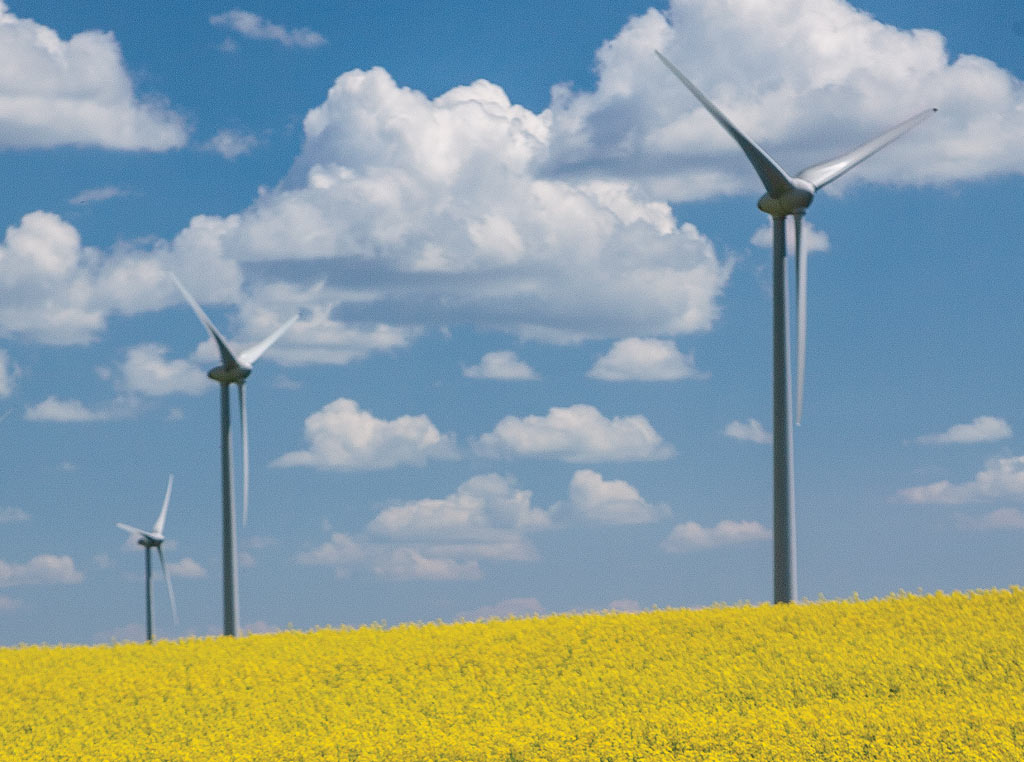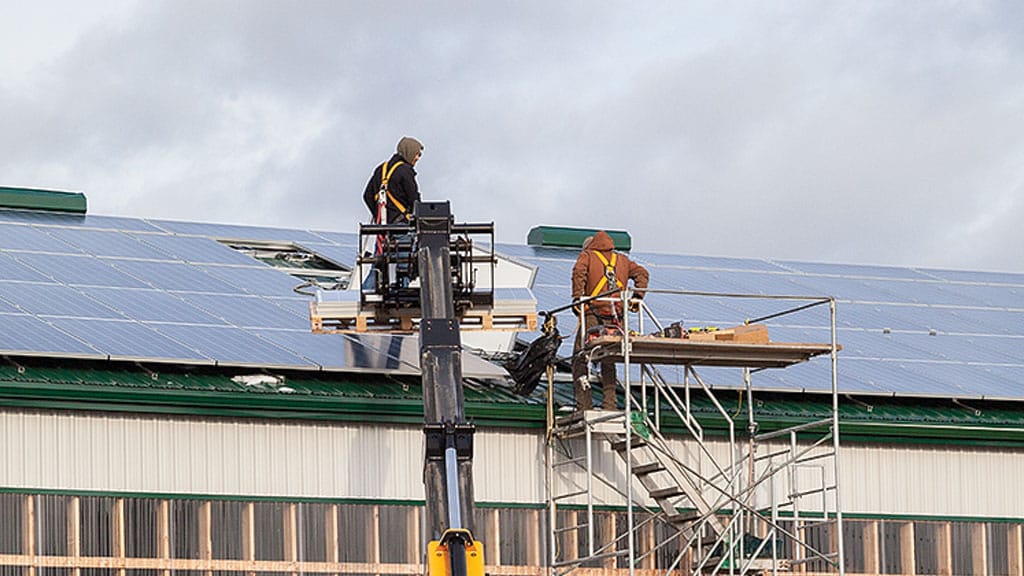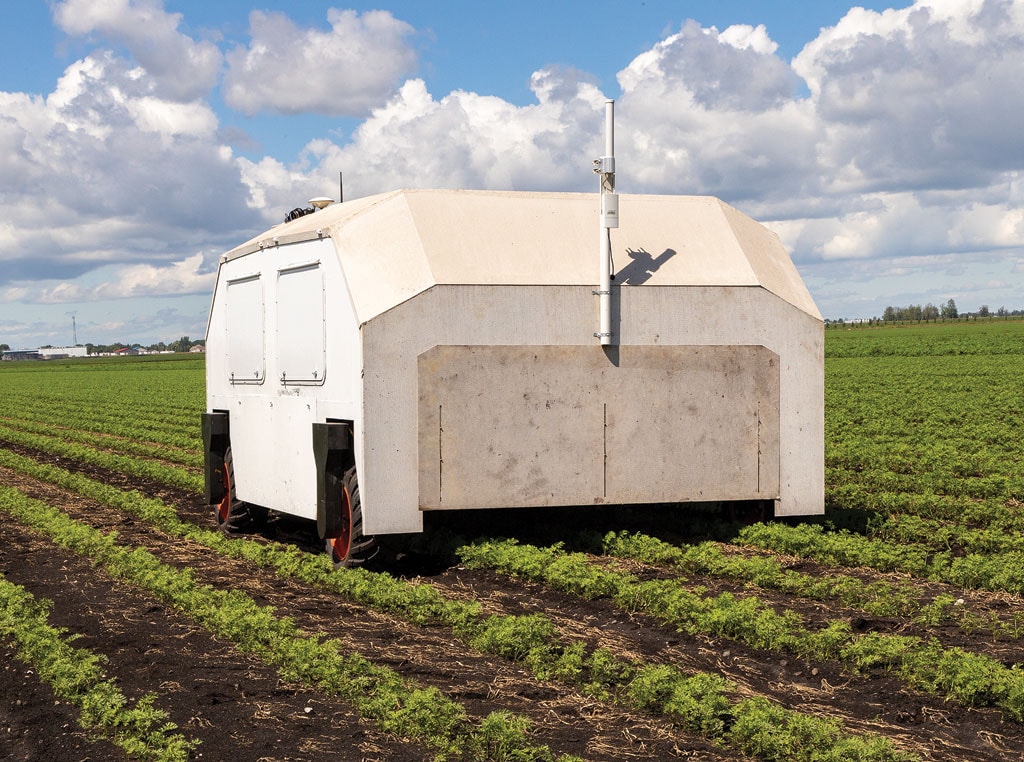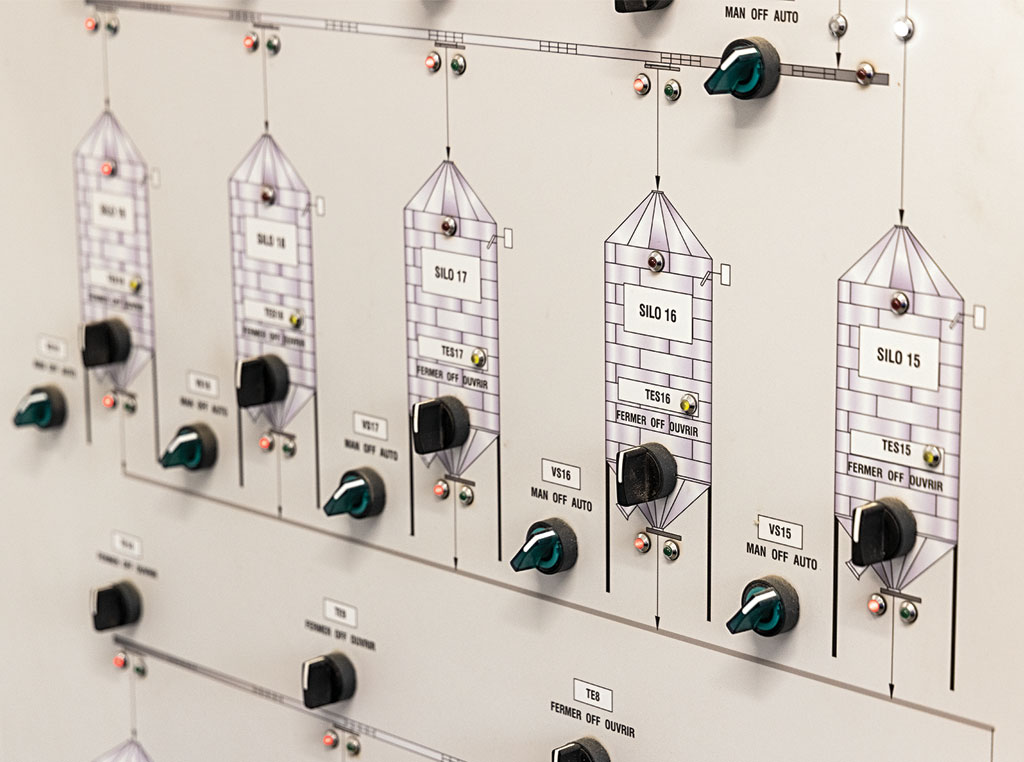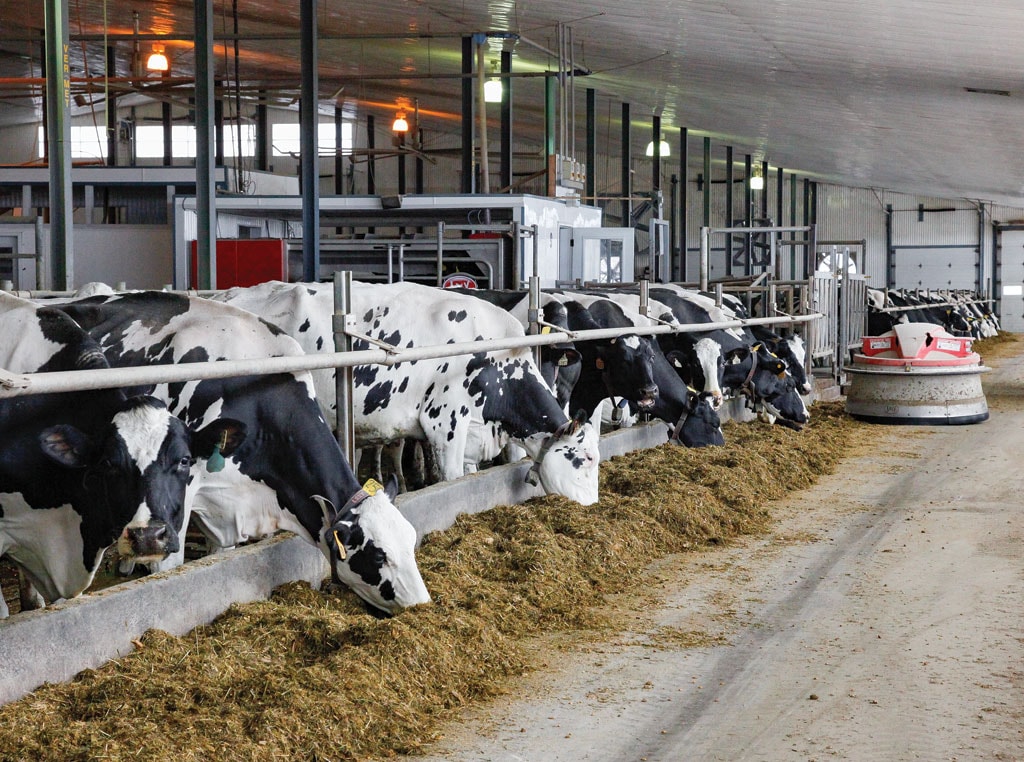Agriculture, Education March 01, 2022
Rural Electrification
Agricultural electrification is coming sooner than you think.
At the time of writing, 19 countries, including most of the world’s major economies and 12 U.S. states have announced bans on the sale of vehicles powered by fossil fuels after 2030 to cut greenhouse gas emissions. Charging stations are popping up everywhere. But does this mean that electrification is imminently coming to agriculture too? It appears so, but maybe not in the way one would expect.
Blistering pace. Consider how different the control systems in new tractors, sprayers, or combines are from those that were used in turn of the century models and it’s obvious that agriculture is electrifying at a blistering pace. Their advanced electrical architecture has married software with electric controllers and actuators to give producers a degree of precise control that earlier generations couldn’t dream of.
“Electrification is more than just battery electric vehicles,” says Dennis Muszalski director, module and electrification system engineering with John Deere in Moline, Illinois. “Process-based electrification is at the heart of all the increased automation that’s occurring on farms and in the fields. Technology, like ExactEmergeTM and See & SprayTM, depends on electric motors and actuators that enable high speed precise placement of seeds (and activate nozzles to spray weeds).”
Beyond the cab, electrification has allowed robots and automation to revolutionize dairy and poultry sectors. Drones are increasingly being used for everything from herding cattle to spraying. Dozens of companies are rolling out robots for fruit and vegetable farms.
Emerging technology like radio wave energy (RWE) grain drying could also soon help reduce farmers’ reliance on fossil fuel consumption. These dryers broadcast radio waves directly into the grain where their energy interacts with the Vander Waal bonds that hold the water molecules together and pushes it out of the grain.
“It’s like reversing a magnet,” says Kevin Eichhorn, founder of DryMAX Solutions in Eden Prairie, Minnesota—the only company currently manufacturing RWE dryers. “If you put two poles (with the same polarity) together they’ll push apart. That’s kind of what an RWE dryer does to water in grain. It makes water want to jump out of corn or any other material at very low temperatures. It’s very energy efficient.”
Above. There will have to be a breakthrough in battery technology before it will become common to see battery-powered electric tractors powering equipment above the 100 to 150 horsepower range, says Dennis Muszalski. However the electrification of agriculture is progressing at a blistering pace. It’s revolutionizing how farmers work.
What about e-tractors? “The continuing technological changes in lithium-ion batteries that you see occurring in on-road and on-highway is going to affect what we see in the agricultural space,” says Muszalski. But the duty cycles of passenger cars and farm machinery are very different. Passenger cars sit in garages, or parking lots most of the time, providing ample charging opportunities. A tractor operating 24 hours a day, seven days a week during the planting season, often in remote locations, requires battery technology that can power equipment for a full working day and be charged in a timely fashion.
Odds are it will be common to see e-tractors in the 25 to 70 horsepower range in applications where they will only be needed for a few hours of the day. But Muszalski says major technological challenges will need to be overcome before pure battery versions of equipment above 100 to 150 horsepower can be deployed without disappointing customers’ expectations.
“The technology isn’t there yet for wide scale electric tractor production in the U.S.,” says Don Cameron, Vice President and General Manager of Terranova Ranch in Helm, California. “But better battery storage is on the way so we know we will see a shift to electric. Independent companies are already popping up and selling 40 horsepower electric tractors.”
Every new technology follows a similar adoption curve. Early adopters will get it as soon as it’s available. Others will wait and see if it’ll be reliable, convenient and the benefits of incorporating it outweigh the risks. Battery-powered farm equipment should be no different. Cameron expects the state of California will offer incentives to encourage farmers to convert to electric equipment as it becomes available.
Above. Examples of farm electrification can be found everywhere. Advanced electrical architecture allows software to be married to electric motors and actuators. These underpin everything from the autonomous robots rolling out on fruit and vegetable farms. They’re the technology that allow robots to milk and feed dairy cows and provide the sophisticated control systems used in today’s large binyards and feed mills.
Stabilizing the grid. E-tractors are essentially going to be giant portable batteries that will be spread out across the countryside. They could be used to feed electricity back into the power grid utilizing V2G (vehicle to grid) software and stabilize the overall system during peak power periods. If the right regulatory framework is put in place, the electricity they can feed into the grid will allow e-machinery to generate income for the farm when they’re sitting idle.
Gridtractor, a new start-up launched in California in November 2021, is developing charging technology and energy management services for electric tractors and heavy farm equipment to help farmers integrate electric charging and V2G into their operations. Terranova Ranch will be their first customer.
“Since electric is going to be the future, we want to prepare for it so we’re ahead of the game,” Cameron says. They’re working with the Gridtractor to evaluate when each tractor is operating and when it’s idle. They’ll run scenarios to see how many would be available to feed power back into the grid during the peak periods, and determine what kind of savings they could get if these tractors were electric going forward.
“We’re preparing for a shift in some product segments from traditional gas and diesel technology to battery electric technology,” Muszalski says. “I’m confident we’re going to be prepared to provide our customers with a portfolio of solutions to enhance their businesses, that we don’t believe will require huge, fundamental changes to their existing infrastructure.” ‡
Read More
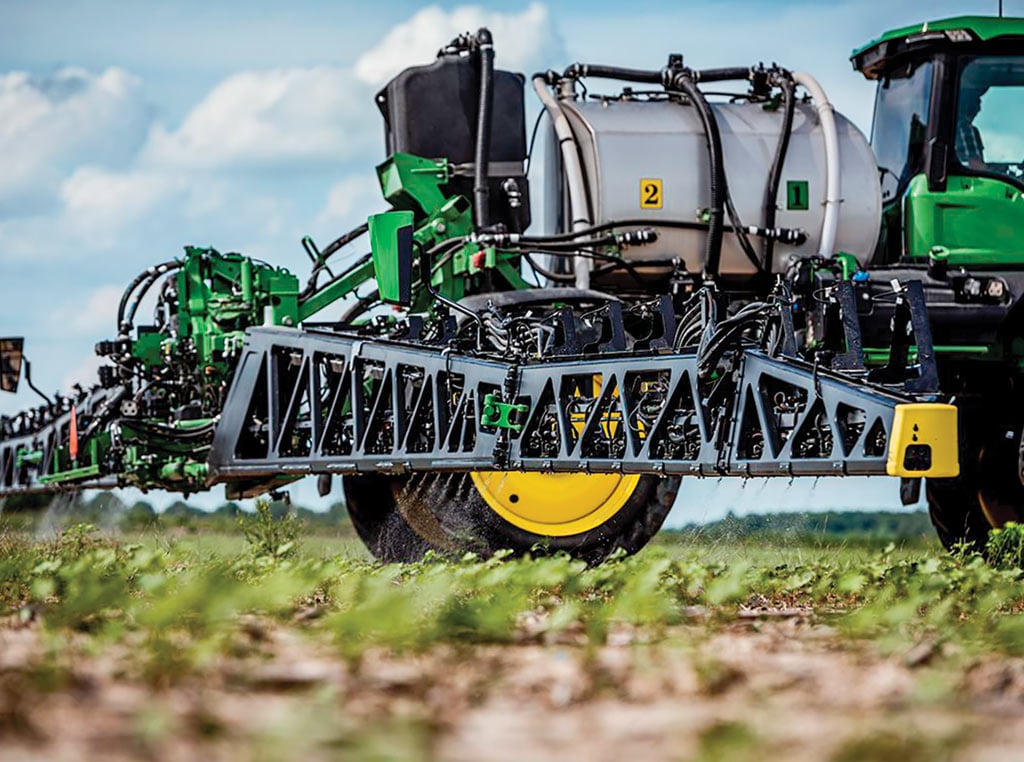
AGRICULTURE, PRODUCT
Tech@Work: See & Spray™ Ultimate
Corn, soy, and cotton growers can better control weeds and gain savings with game-changing See & Spray™ Ultimate technology.
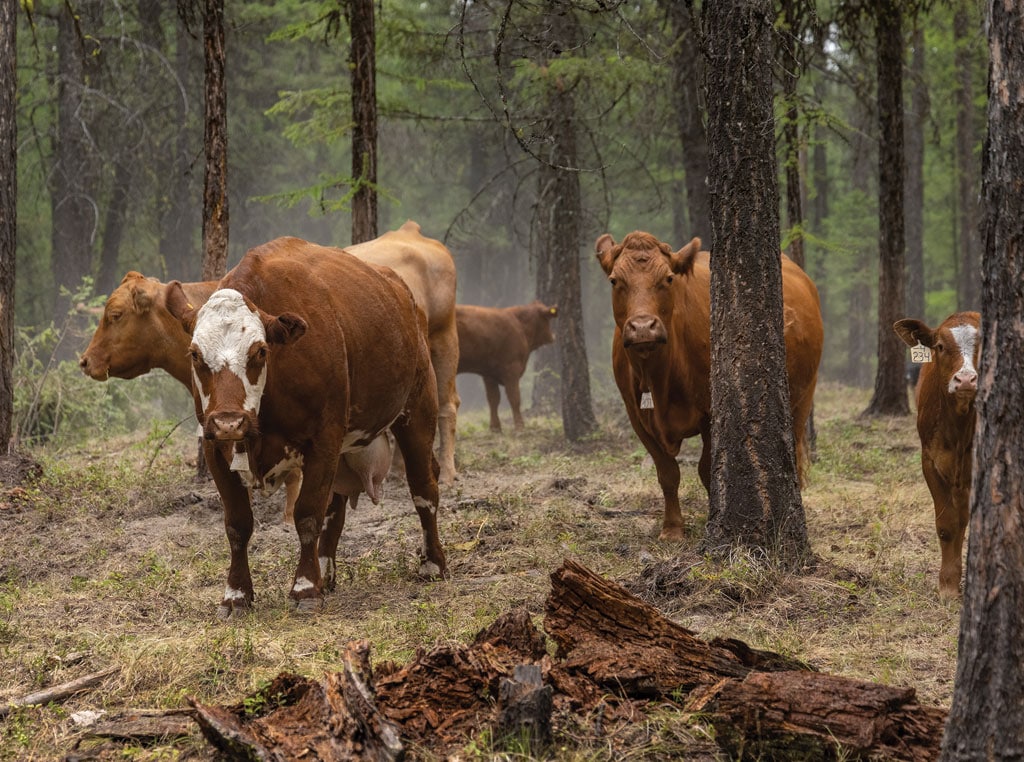
LIVESTOCK/POULTRY, SUSTAINABILITY
Cattle to the Rescue
Targeted grazing can reduce British Columbia’s forest fire risk.

